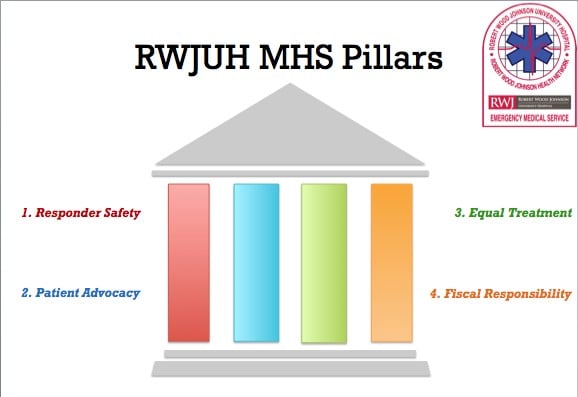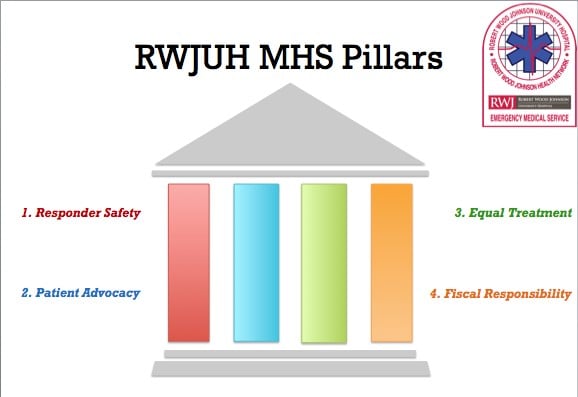4 Must-have Data Points for Dispatch-Billing Alignment and Maximum Reimbursement
Proactively Equip Staff with Tools & Education to Change Behavior & Limit Accidents
Every day, our patients and the public entrust EMS professionals to drive our vehicles safely in performance of our mission
Was this information valuable?

Every day, our patients and the public entrust EMS professionals to drive our vehicles safely in performance of our mission. However, if we are candid, we can look at our driving performance as a profession and see incidents where we haven’t always earned the privilege of that trust. When agencies experience a catastrophic accident, the repercussions are profound, and can persist for years. Not every incident is preventable, but it’s imperative that we equip our front-line staff with tools and education to avoid preventable incidents. At Robert Wood Johnson University Hospital Mobile Health Service (RWJUH-MHS), we decided it was time to take a closer look at how we can best meet this imperative, for the safety of our patients, staff and community.
A Pro-Active Approach to Safety
When we reviewed our accidents, vehicle maintenance costs and customer complaints, we realized that we had a need for systemic improvements in our driving culture. It was only a matter of time before our luck would run out, and we would be faced with a needless tragedy; we needed to find a better approach. In collaboration with the staff-driven safety committee, and with support from our hospital executive leadership, we took on the task of finding a driving monitoring system that would suit our needs. One of the factors that affected our choosing Road Safety System was the transparency and the proactive approach it emphasized. By allowing our staff to understand how to drive safer and by helping “in the moment” to prevent unsafe behaviors, we determined this would be the best option for our needs.
One of the factors that affected our choosing Road Safety System was the transparency and the proactive approach it emphasized.
Like all EMS agencies, RWJUH-MHS faced this challenge with finite resources. However, we have a systematic, value-based approach that enables us to make wise choices with our resources and priorities. We describe these values as our “Four Pillars” because of the need to balance resources evenly among them to create a stable platform for our mission:
- Responder Safety
- Patient Advocacy
- Equal Treatment
- Fiscal Responsibility

How Road Safety Addresses the Four Pillars
Changing our driving culture with a driving monitoring system had clear positive impact on our pillars of patient advocacy and responder safety. To balance our pillar of equal treatment, we needed a system that allowed for self-monitoring and objective analysis, so staff would have the control of compliance with standards well within their grasp. We partnered with Penske, our vehicle maintenance vendor, to illustrate the impact of a system on fiscal responsibility. We found a wealth of evidence of the impact of our driving habits on expenditures for vehicle repairs, tires, brakes, brake rotors, engines and transmissions.
We received approval to purchase with Road Safety in February 2017. Implementation is underway; we have installed the modules in our fleet, and we have begun to roll out education to our providers.
Related Posts
How EMS Agencies Can Reframe Need and Refocus Resources With Geospatial Analytics
How To Minimize Radio Chatter and Reduce Guesswork With Smarter Dispatch Resource Management
ZOLL Pulse Blog
Subscribe to our blog and receive quality content that makes your job as an EMS & fire, hospital, or AR professional easier.
ZOLL Pulse Blog
Subscribe to our blog and receive quality content that makes your job as an EMS, fire, hospital, or AR professional easier.




